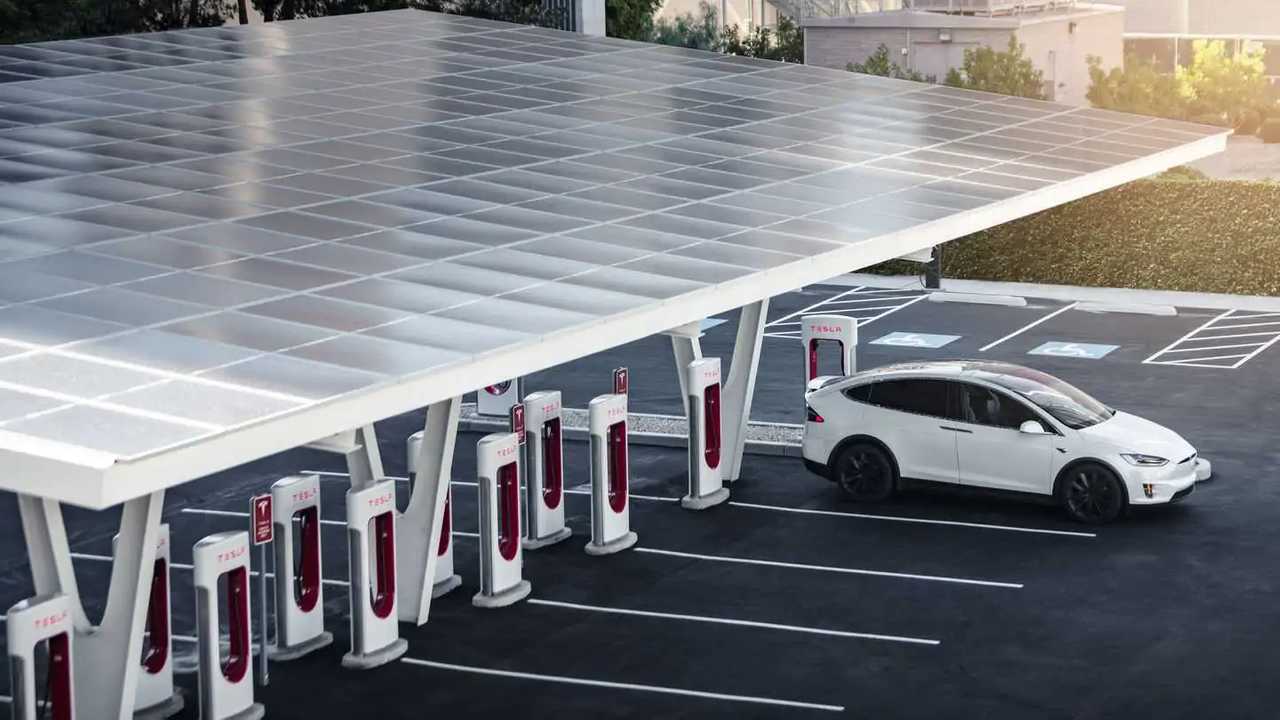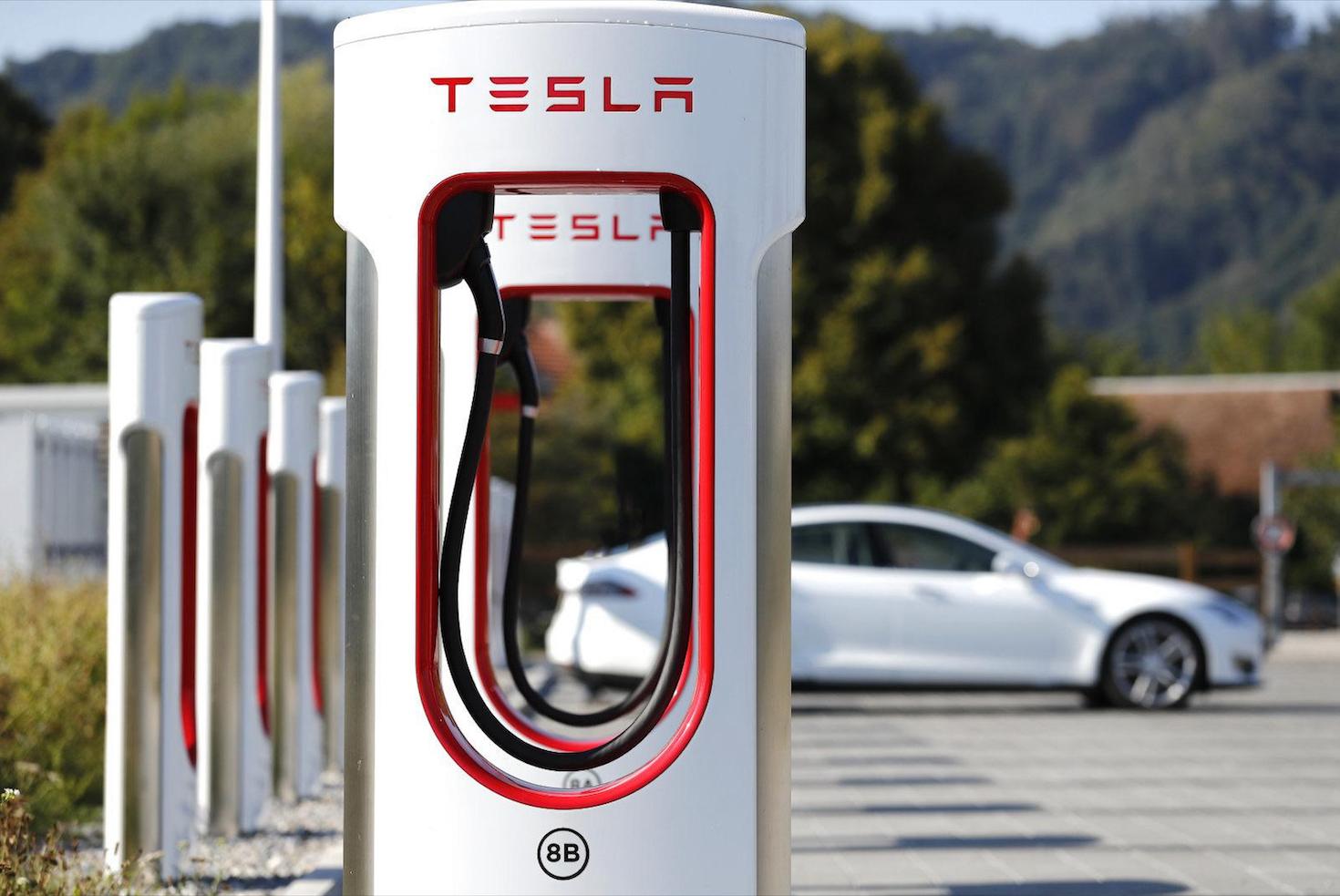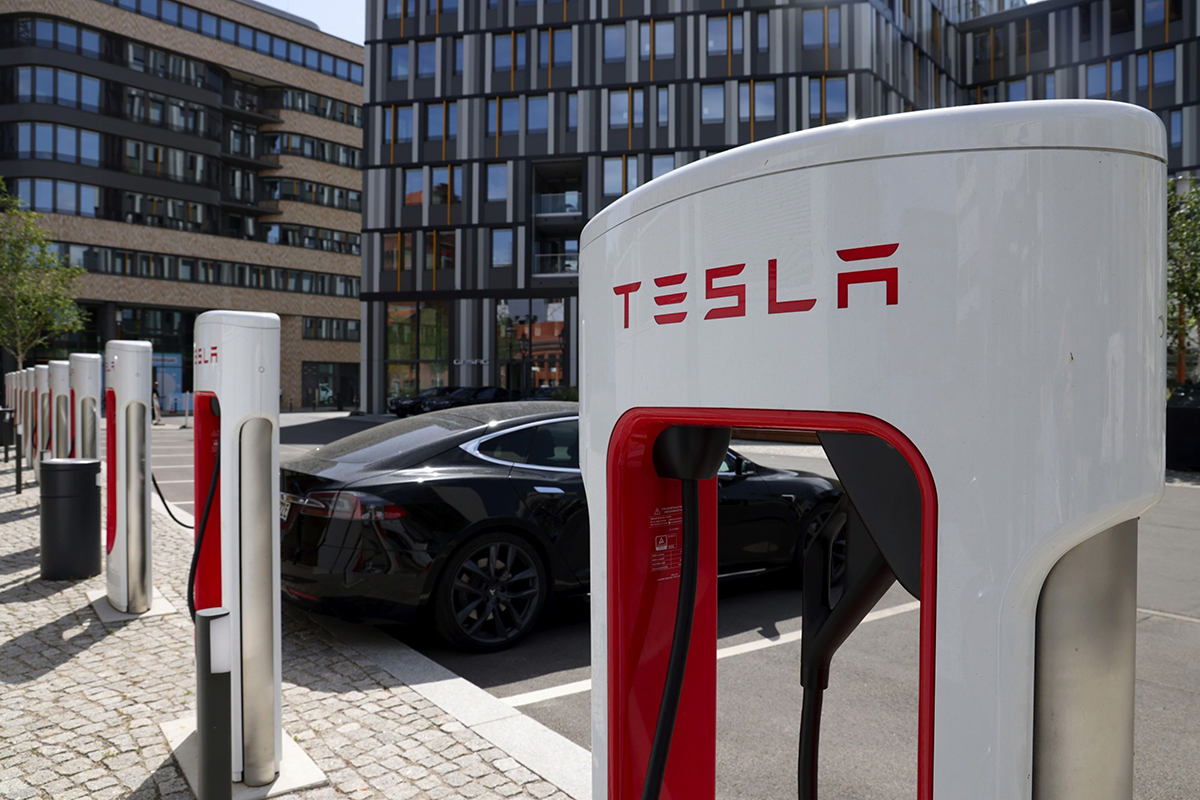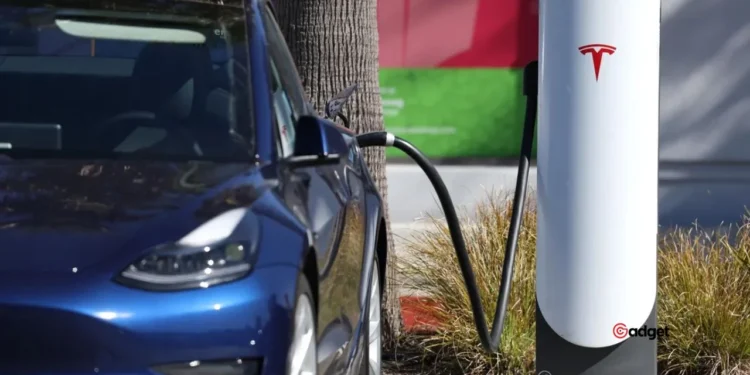Tesla’s Supercharging network is often lauded for its robust reliability, and in 2023, it claimed a record-high average uptime, standing at an impressive 99.97%. This figure is a slight improvement over the previous years, where uptime hovered around 99.95% in 2022 and 99.96% in 2021. Tesla’s consistency in maintaining high uptime rates underscores their commitment to providing reliable and accessible charging solutions for electric vehicle owners worldwide.
However, the devil, as they say, is in the details. Tesla’s method for calculating this uptime—focusing on the station level rather than individual charging stalls—paints a picture that might be a bit too optimistic.

Decoding Tesla’s Uptime Statistics
According to Tesla’s 2023 Impact Report, the uptime figure reflects the average percentage of Supercharger sites globally that had at least 50% of their daily capacity functional throughout the year. This means that as long as half of the stalls at any given station are operational, the station is considered to have perfect uptime.
This approach to measuring reliability could potentially mask issues at the individual stall level. For instance, even if up to 49.9% of the stalls at a station were non-functional for the entire year, the station would still contribute positively to the overall uptime metric as long as the remaining 50.1% were operational. This scenario, while theoretical, highlights a significant gap in the measurement of true reliability and user experience at individual stalls.

The Need for More Granular Data
While Tesla’s reported uptime of 99.97% is commendable, it leaves electric vehicle enthusiasts and potential EV owners wondering about the actual performance of individual stalls. Understanding the uptime at a more granular level would provide a clearer picture of what users can expect when they pull up to charge their vehicle. It’s crucial for Tesla and other EV infrastructure providers to consider reporting more detailed statistics that reflect the operational status of each stall. This would not only offer greater transparency but also help in pinpointing areas that might require maintenance or upgrades, ensuring that the Supercharger network remains robust and reliable.

Looking Ahead: The Future of Supercharging
As Tesla continues to expand its Supercharger network, the demand for fast, reliable charging will only increase. The current metric of average uptime, while impressive, could benefit from a more detailed breakdown to better reflect individual user experiences and operational reliability.
In conclusion, Tesla’s Supercharger network remains a backbone for the electric vehicle industry, providing essential infrastructure that supports the transition to sustainable transportation. However, as the network grows and evolves, so too should the metrics by which its reliability and effectiveness are measured. A shift towards more detailed and transparent reporting could reinforce consumer trust and encourage wider adoption of electric vehicles.










